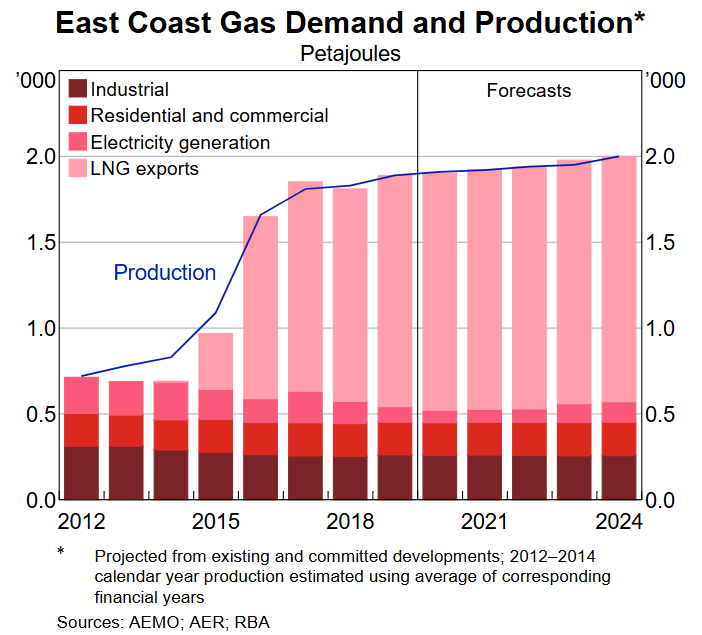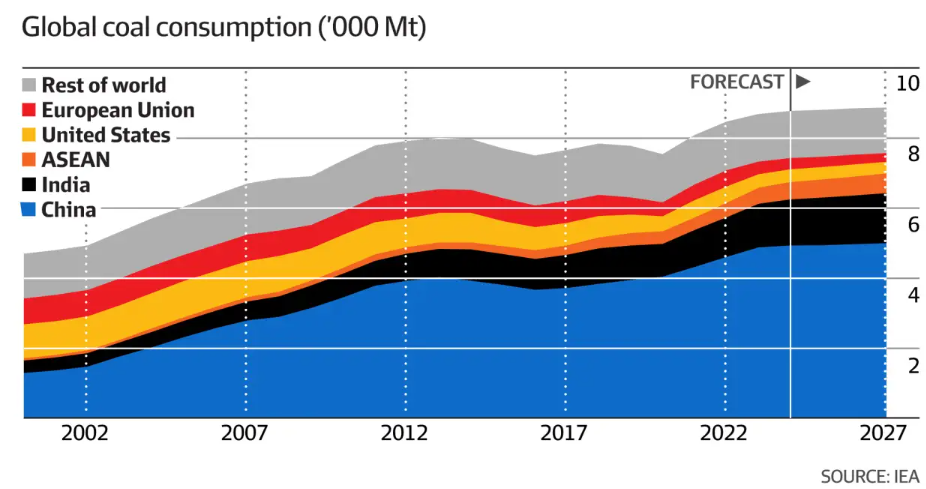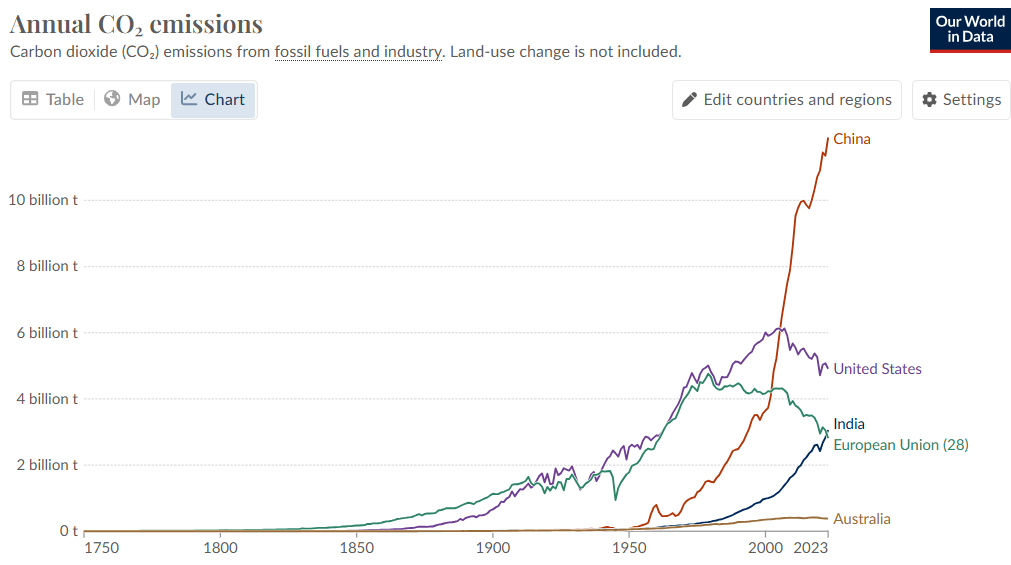I’m sorry for the satirical headline. This is a serious issue.
Australia’s last major plastics manufacturer, Qenos, closed in 2024 due to high energy costs. Now, Australia is wholly reliant on imported plastics from China.
This week, Australia’s only architectural glass manufacturer, Oceania Glass, collapsed after 169 years of operation.
Oceania Glass was Australia’s sole manufacturer of architectural flat glass, producing and distributing format glass for use in Australian homes and buildings.
According to the company’s website:
“We have a proud heritage serving Australia, having sold our very first glass in 1856 and are the only architectural glass-maker in Australasia”.
“Our glass is featured in many of Australia’s most iconic buildings, including the Australian Parliament House”.
Oceania Glass required large amounts of energy, particularly gas, to maintain the 2000-tonne furnace at the heart of its operations.
“Certainly, for us as glass manufacturers, there are no real current alternatives for glassmaking outside of natural gas or other carbon fuels”, Oceania Glass chief executive Corné Kritzinger stated in January 2022.
Obviously, the hyperinflation of East Coast gas and electricity costs made Oceania Glass unviable.

These costs are certain to soar even higher once LNG import terminals are built in NSW, Victoria, and South Australia, thereby locking in import parity prices at the same time as nearly three-quarters of East Coast gas is exported, mostly to China.

So, while Australia exports most of its East Coast gas to China, we will now import plastics, glass, and nearly every other manufactured good from China, thanks to expensive energy costs.
Meanwhile, China will continue to consume coal and gas without restraint.

China will also drive the world’s growth in carbon emissions while the developed world cuts fossil fuel use, drives up energy costs, and sends its manufacturing to China.

Make it make sense.

